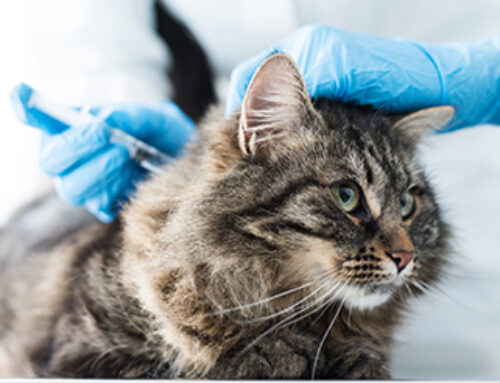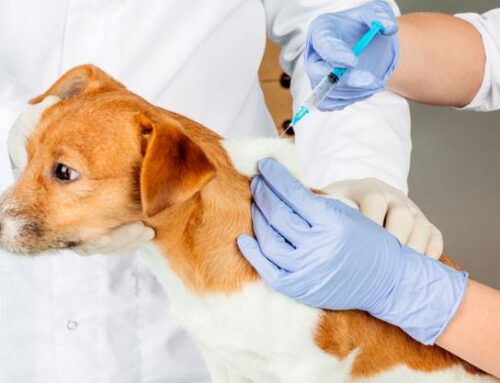Cystitis and Urinary Infections

The term ‘cystitis’ means inflammation of the bladder. This can be bacterial or sterile, the likelihood of which depends on the species and age of pet. There may also be crystals or stones formed within the urine which can cause mechanical irritation and even complete blockage.
What are the signs of cystitis?
Signs of cystitis in dogs and cats all fit with having an irritated lining of the bladder. We often see urinating more frequently than normal, often with smaller amounts at any time and sometimes in inappropriate places, such as dogs having accidents in the house or cats urinating outside of the litter tray. Straining to urinate without producing anything might be a sign of a blockage, which constitutes a veterinary emergency so please give us a call immediately! Other signs commonly seen are blood in the urine, increased thirst and a painful tummy or general lethargy.
Bacterial cystitis in dogs – urinary infection
In dogs, cystitis is most commonly bacterial. These urinary infections are often caused by bacteria making their way up to the bladder via the urethra. As the infections are caused by bacteria, we can treat these with antibiotics. We will usually give an anti-inflammatory pain relief at the same time to try to ease symptoms as quickly as possible. It is always important to check infection has cleared at the end of the course, as if any infection remains we may need either a longer course or perhaps a different type of antibiotics. Checking complete recovery not only ensures the cystitis does not recur once medication is stopped, but also helps prevent against antibiotic resistance.
Sterile cystitis in cats – feline lower urinary tract disease
In cats, especially those under 10 years old, the vast majority of cystitis cases are sterile – that is, they do not have any bacterial or infectious component at all. This is because cats under 10 years with healthy functional kidneys produce very concentrated urine – so concentrated that bacteria cannot survive. So what causes bladder wall inflammation in young cats? Inflammation of the bladder or urethra in this group is referred to under the blanket term of feline lower urinary tract disease (FLUTD). About 2/3 of these cats will have feline idiopathic cystitis (FIC). “Idiopathic” is a term we use which basically means the cause is unknown! However, in the absence of any infectious agents, a few triggers for this disease have been noted. These include defective bladder lining and most notably stress – we often find stressy cats to be particularly prone to cystitis or for episodes of the disease to appear at the same time as building work in the home or a new puppy for example. As there is no bacterial cause, antibiotics are ineffective so instead treatment centres around anti-inflammatories, supplements such as “cystaid capsules” to support the bladder lining and aiming to minimise stress as much as possible.
Crystals and stones
Dogs and cats can both be prone to forming crystals in their bladders if concentrations of certain molecules are particularly high in the urine. These crystals are very small but can cause mechanical irritation to the lining of the bladder, causing pain and blood in the urine. Crystals may often be the reason for recurrent or non-resolving cystitis cases, so the vet may choose to look at a sediment sample taken from the urine to check for their presence. In very high concentrations crystals can clump together to form stones – these can be a real problem, not only as an irritant in the bladder, but if they begin to descend in to the urethra where they can become lodged, causing a blockage. We call this urinary obstruction and it needs urgent veterinary treatment.
Urinary obstruction
Complete obstruction of the neck of the bladder or urethra can be caused by stones or sometimes by severe inflammation only. This prevents the animal being able to urinate at all. If not picked up quickly it can cause shock, bladder rupture and even death, as well as being incredibly painful. Male cats are particularly prone to obstruction or “blocking” – this is because of the shape of the male urethra. In dogs dalmatians are the breed we most commonly see this problem in, due to an enzyme deficiency which makes them much more likely to produce urate stones.
If you suspect your pet may have a urine infection, please get in touch. A fresh urine sample is particularly helpful in these circumstances – in dogs, we recommend trying to catch a sample in a plastic container; for cats, we can supply you with non-absorbent cat litter to use in the litter tray.




